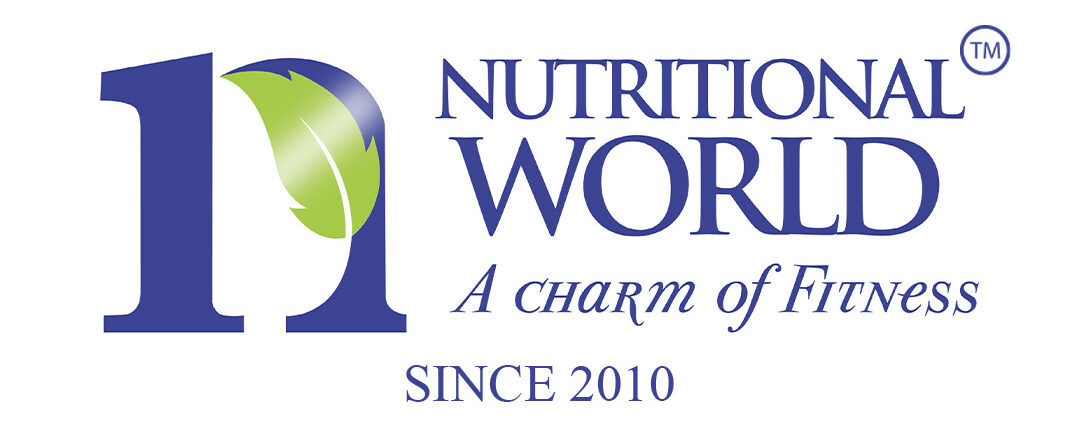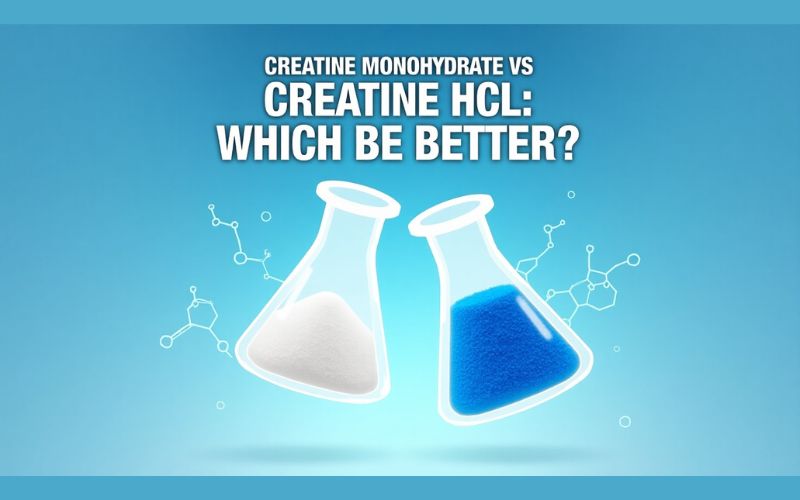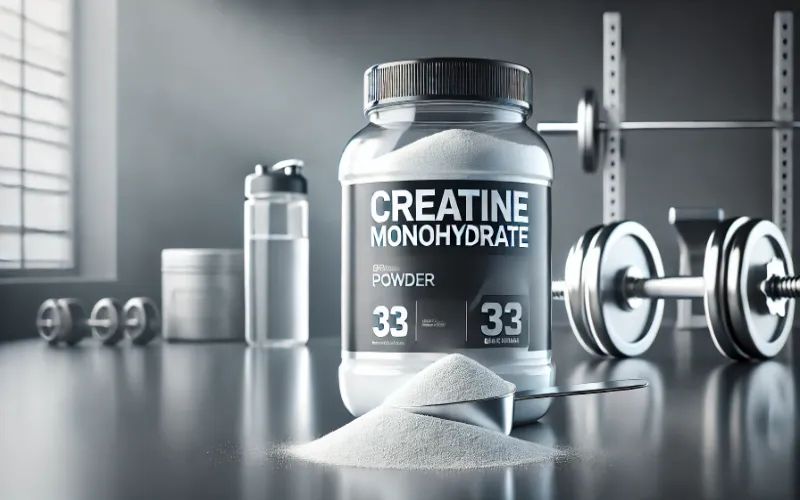Creatine monohydrate stands as one of the most trusted and widely studied supplements in the fitness industry. Recognized for its proven benefits in strength, endurance, and recovery, it’s become a staple for athletes, bodybuilders, and casual gym-goers alike..
Amidst the protein shakes and pre-workouts, creatine monohydrate holds a unique position — a supplement revered for its simplicity yet exceptional effectiveness. While the popularity is undisputed, a common question lingers among users: when is the best time to take it for optimal results?
Table of Contents
How Creatine Monohydrate Works in the Body
To understand the optimal timing, it’s essential to know how creatine functions within the body. Creatine primarily exists in our muscle cells, where it plays a critical role in producing adenosine triphosphate (ATP), the energy currency of our cells. When we engage in intense activities, such as lifting weights or sprinting, our ATP stores deplete rapidly.
Creatine replenishes these stores, enabling muscles to sustain power and strength over a more extended period. Essentially, creatine acts as a fuel reserve, primed to unleash energy when the body demands it most.
Benefits of Creatine Supplementation
Creatine supplementation offers a multitude of benefits that extend beyond just muscle gains. It enhances physical performance, promotes cellular hydration, and supports faster recovery. Many studies also highlight creatine’s role in improving cognitive function, suggesting its potential to enhance memory and focus.
The versatility of creatine supplementation, combined with its safety and efficacy, makes it an invaluable addition to almost any fitness regimen. Users often notice increased power output, reduced muscle fatigue, and better overall stamina.
The Debate: When is the Best Time to Take Creatine?
For as long as creatine has existed in the supplement world, the question of timing has sparked debate.
Should it be taken before a workout for an immediate boost in energy, or is post-workout consumption better for replenishing muscles? While some experts argue that timing is negligible due to creatine’s cumulative effect, others believe precise timing can amplify its impact.
The answer, like many in fitness, is not always straightforward. Individual physiology, workout intensity, and personal goals all play a role in determining the optimal timing for creatine.
Pre-Workout vs. Post-Workout Creatine: Pros and Cons
Taking creatine before a workout can give muscles the fuel they need to perform at peak capacity. Many users report feeling more energized and experience enhanced endurance during high-intensity workouts. However, pre-workout ingestion might require a slight waiting period to allow creatine to saturate muscle cells effectively.
On the other hand, post-workout consumption is thought to benefit recovery and muscle repair. After an intense session, muscle cells are primed for nutrient uptake, potentially making creatine more effective at this time.
Moreover, some users feel that taking creatine with their post-workout meal aids digestion and absorption. The decision between pre- and post-workout largely depends on individual preferences, workout schedules, and specific fitness goals.
Taking Creatine on Rest Days: A Different Perspective
- Creatine is not just a workout-day supplement; its effects are cumulative and benefit from consistent, daily intake.
- On rest days, taking creatine helps maintain muscle cell saturation, ensuring that levels remain high for future workouts.
- Many athletes incorporate creatine into their rest day routines, often taking it with meals to aid absorption.
- This consistent approach is essential for those looking to achieve a constant level of creatinine within their muscle cells, allowing for sustained performance improvements over time.
The Importance of Consistency and Dosage
No matter when you choose to take creatine, consistency is the true cornerstone of success. Most research suggests a daily dose of 3-5 grams for maintenance after an initial loading phase. Skipping doses or irregular consumption can hinder creatine’s benefits, as muscle saturation is key.
Those new to creatine may also benefit from a loading phase, typically involving 20 grams per day divided into four servings for about a week. This phase accelerates muscle saturation, after which users can shift to a maintenance dose.
Exploring Advanced Timing Strategies
For experienced athletes and advanced lifters, timing strategies can become more sophisticated. Some opt for “split dosing,” where they take half of their daily dose pre-workout and the other half post-workout.
This approach combines the potential benefits of both timing methods, offering both immediate energy and post-exercise recovery. Additionally, stacking creatine with carbs or amino acids can potentially increase its absorption by spiking insulin levels, which may aid in cellular uptake.
Practical Tips for Integrating Creatine Into Your Routine
- Incorporating creatine into a daily routine is simple and versatile. It mixes easily with water or shakes, allowing users to consume it at any time.
- For best results, consider pairing creatine with a meal or snack that contains carbs, as this can enhance absorption.
- On workout days, find a timing pattern that aligns with your schedule and preference — consistency is what matters most.
- Whether you prefer pre-, post-, or split dosing, commit to a routine that feels sustainable.
Final Thoughts:
The best time to take creatine monohydrate may vary depending on personal goals, lifestyle, and workout habits. However, as long as you’re consistent and adhere to the recommended dosage, creatine will support your athletic performance, endurance, and recovery.
Whether you’re a seasoned athlete or a beginner, creatine monohydrate remains one of the most powerful and accessible supplements in the world of fitness, ready to elevate your performance when used wisely.


























